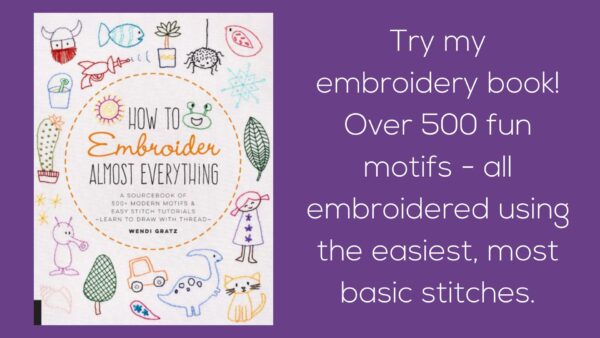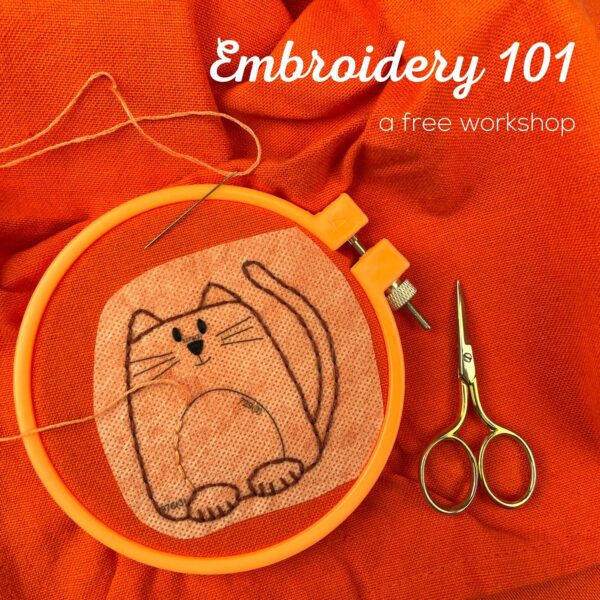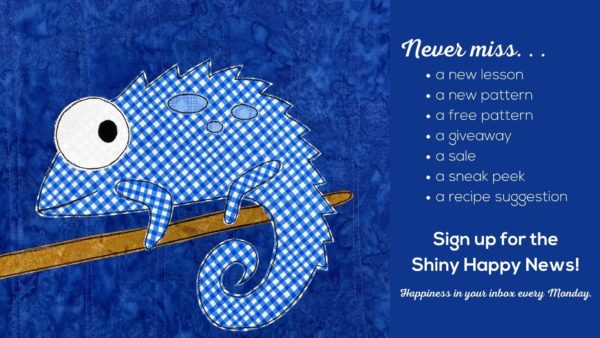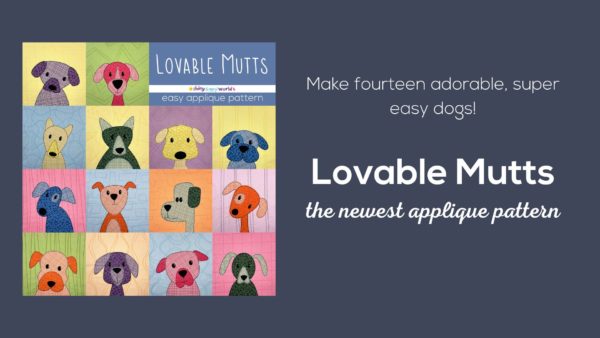Any time you want an area of solid stitching in embroidery, you use what’s called a fill stitch. I usually recommend satin stitch for beginners, but that only works for smallish areas, and it has a very particular smooth texture that might not be the look you’re after.
There are thousands of available embroidery stitches – these are just the ones I use in my own work, and that I recommend in my patterns.
Here are all my lessons for fill stitches (besides satin stitch).
- satin stitch
- satin stitching points
- seed stitch
- long & short stitch
- split stitch used as a fill stitch
- Turkey work
- using colored pencils or crayons with embroidery
Return to the Learn to Embroider main Table of Contents.
Move on to the lessons for all the other stitches.









